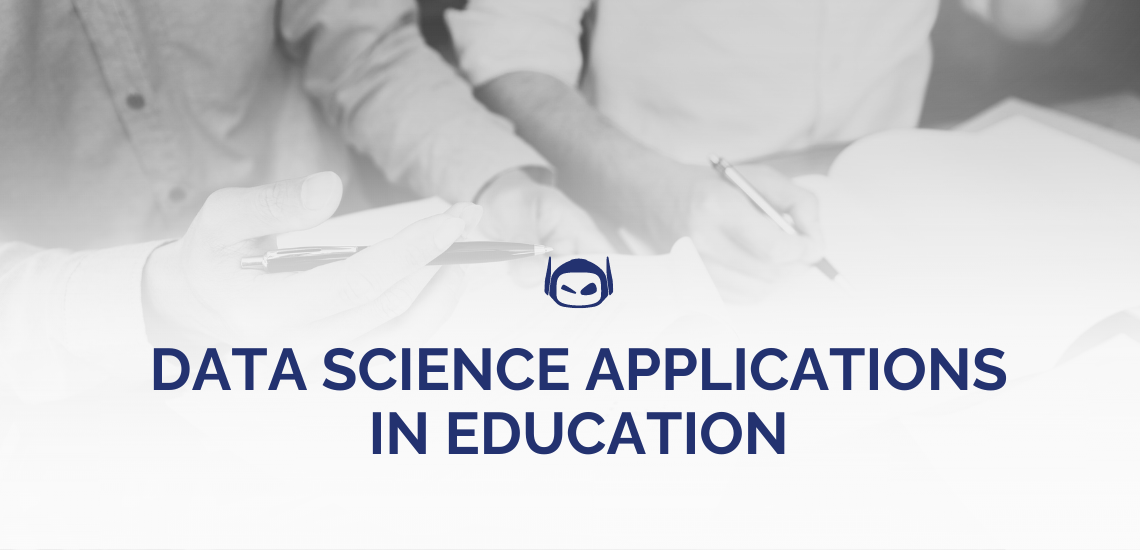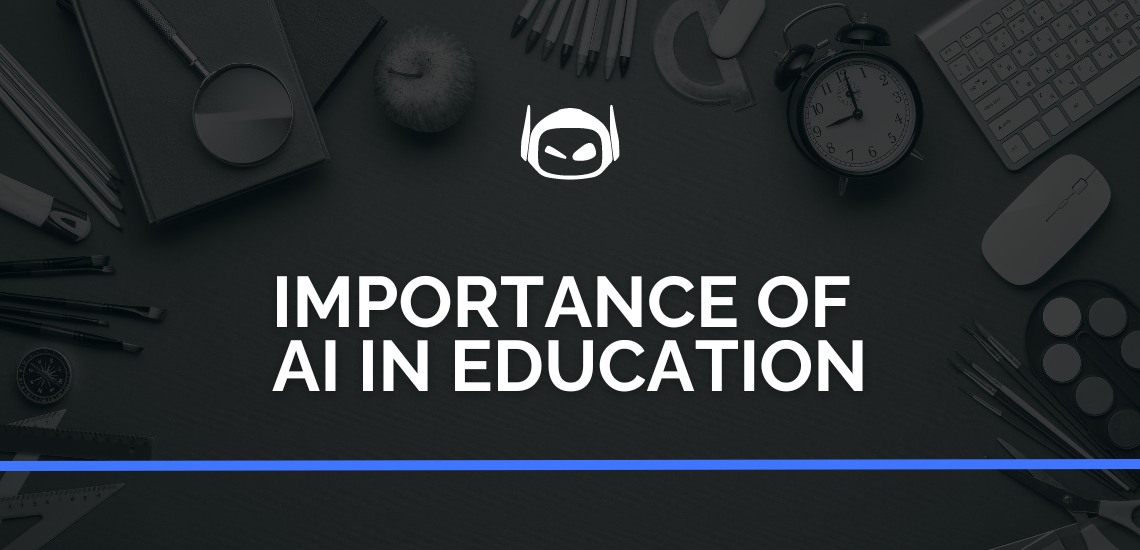
General Guide About Content and Writing
Are you wondering, “Will I get caught using ChatGPT?” In...

General Guide About Content and Writing
Do you want to learn the top data science applications...

General Guide About Content and Writing
AI in EdTech is advancing at a rapid pace, and...

General Guide About Content and Writing
The importance of AI in education is growing as the...

General Guide About Content and Writing
Are you having a hard time figuring out whether it...

Are you wondering if you should add AI to improve...

General Guide About Content and Writing
It’s easy to use the wrong spelling with so many...

Do you want to know what is grounding in AI...

AI tools are everywhere. Whether you want to research a...

General Guide About Content and Writing
Want to compare Copysmith vs Jasper, but are unsure of...